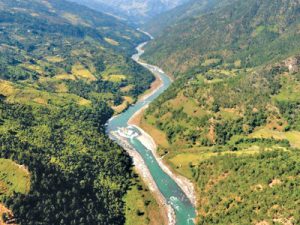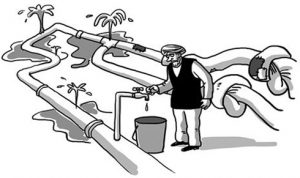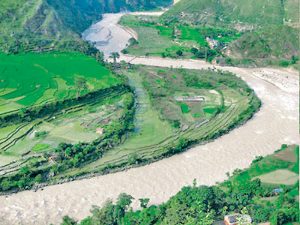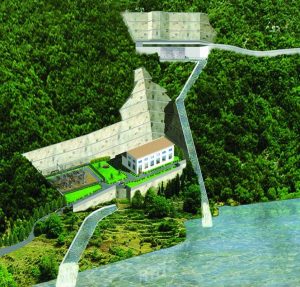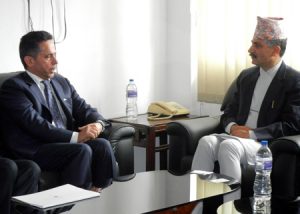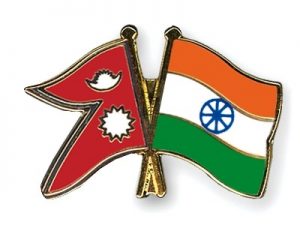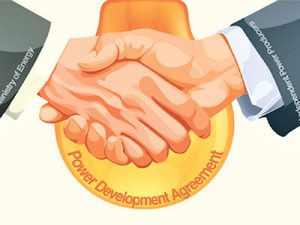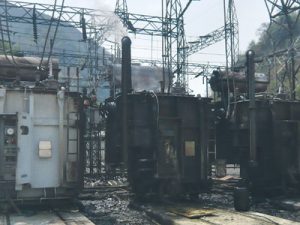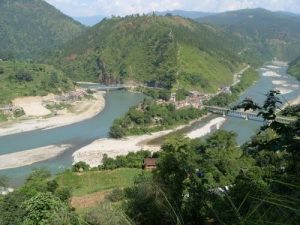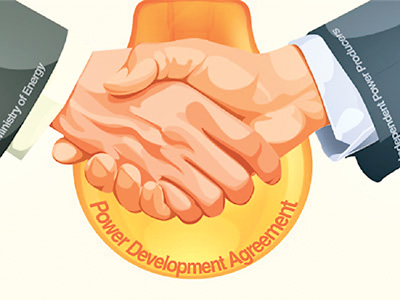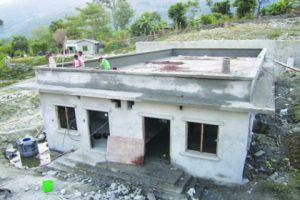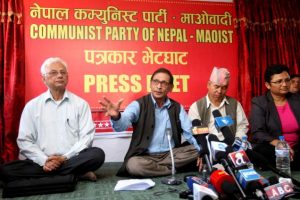Finance Minister Shankar Koirala has asked the development partners to increase their aid in hydropower development, apart from focusing on grant rather than loan.
During a meeting with the representatives of IFC — the private sector lending arm of the World Bank — he asked the International Finance Corporation (IFC) to increase investment in hydropower in Nepal.
Nepal is currently reeling under scheduled load-shedding of around 10 hours a day that has made cost of production more expensive making Nepali products uncompetitive in domestic as well as international markets.
The power shortage — apart from labour troubles — has become a chronic problem hitting manufacturing sector hard as the sector’s contribution to the economy has seen continuous drop in recent years. “In the current fiscal year 2012-13, Central Bureau of Statistics has projected the manufacturing sectors’ contribution to the gross domestic production (GDP) to drop to 6.17 per cent, whereas the sector had contributed some 8.50 to the GDp in the fiscal year 2001-02.
IFC resident representative in Nepal Valentino S Bagatsing, on the occasion, promised to increase IFC’s investment in Nepal in the future. IFC has been recently involved in policy reform programme apart from lending some of private sector players. IFC’s investments in Nepal with a committed portfolio of $25 million includes projects across various sectors like power, air transport, banking, microfinance, and trade finance lines.
Likewise, during the meeting with Asian Development Bank (ADB) resident representative in Nepal Kenichi Yokoyama at his office, Koirala asked ADB to increase grant instead of loan.
However, Yokoyama, on the occasion, showed serious concern on vacant National Planning Commission and the status of ADB-funded projects. It is currently vacant as former Prime Minister Dr Baburam Bhattarai-led government-appointed vice chair Deependra Bahadur Kshtery and three members resigned last week.
In the absence of planning commission vice chair, the fate of draft third Three Year Interim Plan has also become uncertain. The incumbent government should either appoint a vice chair immediately and call the meeting of National Development Council to finalise the draft of third Three Year Interim Plan or the country will witness a plan holiday. Development partners are concerned on the government apathy on finalising third Three Year Interim Plan that will help development partners finalise their respective country strategy papers.
Govt, EIB to sign loan pact
KATHMANDU: The government and the European Investment Bank (EIB) will sign a loan agreement worth $70 million for the development of 140 MW Tanahun Hydroelectric Project next week, according to Finance Ministry. The government and EIB have already completed negotiations for a loan of $70 million. European Investment Bank will be the third lender to sign agreement for the development of Tanahun Hydropower after Asian Development Bank (ADB) and Japan International Cooperation Agency (JICA). ADB and JICA are lending $170 million and $184 million, respectively. The government is planning to get $30 million loan from Abu Dhabi Fund for Development.
Source : The Himalayan Times

